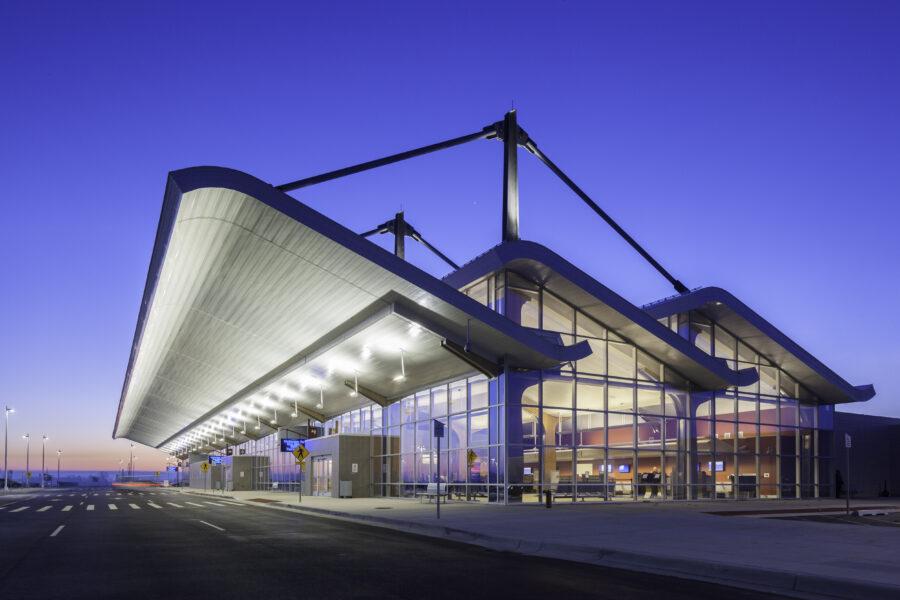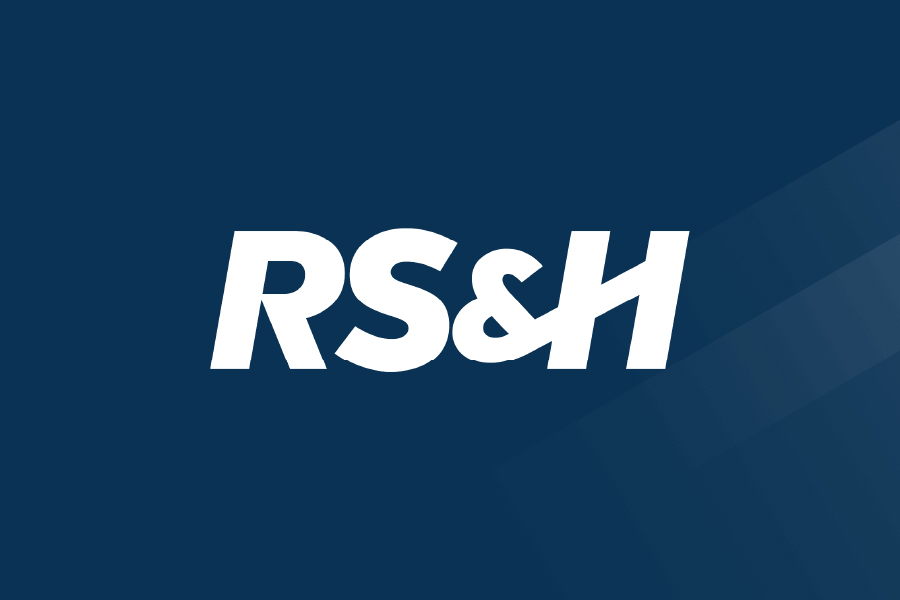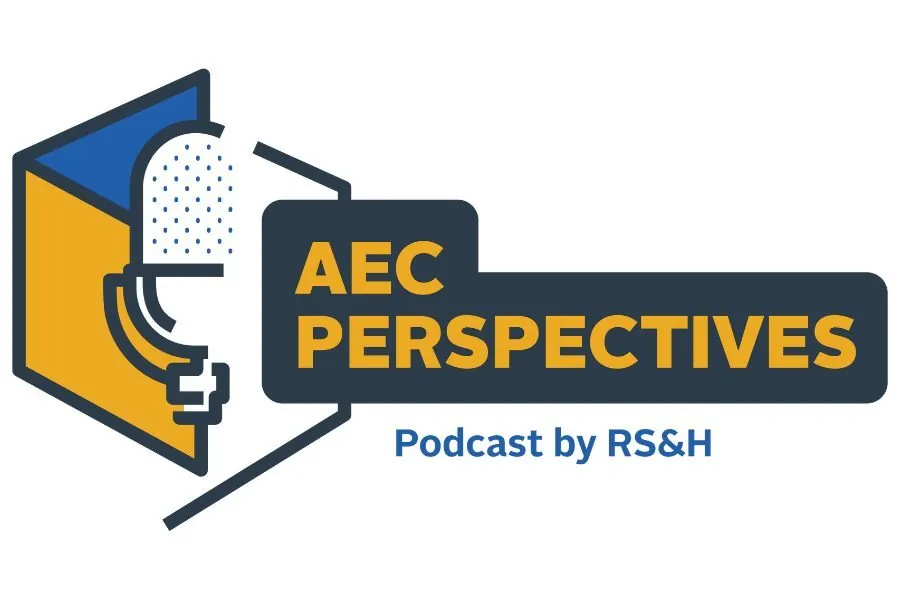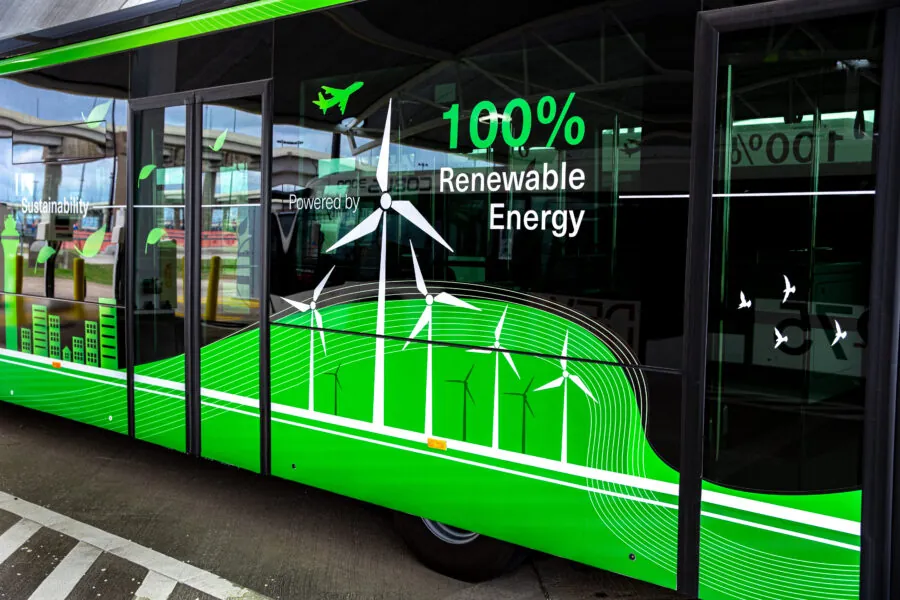3 Ways Data and Technology Can Help Your Terminal

Airport authorities know that pulling together funding for projects can be like a bird trying to pull a worm out of the ground.
For one, it’s hard to tell how big the worm – in this case, available funds – is going to be. Throw in other birds chasing the same worm – the impact that air carriers have on some of the funding – and the competition can get fierce. The struggle for funding doesn’t seem to be changing anytime soon.
But let us not be discouraged. Advancements in technology and the availability of data have made for new potential revenue streams. Potential revenue streams that are available today – right now – without any real R&D requirements.
For instance, transportation network companies (TNCs) like Uber and Lyft bring in revenue every time they pick up or drop off a passenger. By tapping into cell phone data and setting up a geofence around airport property, airports can ensure they are paid even as parking and rental car revenue begins to dip as a result of TNCs.
From the curbside to the hold room, airports have an opportunity to use data and technology to create value-added experiences for passengers and, in turn, generate more funding to keep up with their infrastructure demands.
The best part? These technologies already exist.
1. Borrow from Disney
Have you been to Disney World lately? If so, you know there are two types of people in the park: folks who will wait an hour or more in line to ride Space Mountain, and folks who know about FastPass.
Disney’s FastPass system allows park guests to schedule a time to ride their favorite rides. This cuts down the time they must wait in line – and when guests are not waiting in line, Disney has shops, restaurants, activations and a dozen other ways to separate them from their money. What started out as a paper ticket system can now be operated via a mobile phone application.
Now, what if airports utilized a similar application for TSA screenings? Using an airport’s smartphone app – and for a fee – passengers could schedule a time to report to the preferred security line. If the airlines, airport and TSA can share passenger data, passengers can save time and improve upon the hassle of waiting.
Not only does this benefit the passenger experience and raise revenue, but it also makes for a safer TSA security area. Fewer people in line makes the security area more secure.
2. Tap into Delivery Services
I don’t know about you, but with all the rushing about, I have found myself ordering in a bit more lately. With the convenience of meal delivery services like DoorDash, Postmates, Uber Eats and GrubHub, it’s never been easier to have our favorite meals from our favorite restaurants – not just pizza and Chinese food establishments – sent right to our door.
The same goes for grocery shopping, as my two-hour-long trip to the supermarket on Sunday afternoons can be replaced by 10 minutes of online ordering from Instacart.
These services are becoming the norm for thousands of millennials and generation Zs (zennials?), the same group who is taking up a larger share of flights each year. Can airports use similar data and technologies to deliver both meals and goods to these passengers while they wait at their gate?
Imagine sitting in the departure lounge and realizing you forgot your earbuds. No problem – order them while in your seat and have them delivered to you before you board the aircraft.
It’s already happening at some airports. New ventures like At Your Gate now offer in-airport deliveries from restaurants, travel shops, other retail stores and, of course, terminal coffee houses at nine international airports across the U.S.
3. Data Can Amplify Passenger Experience
Maybe we shouldn’t call hold rooms “hold rooms” anymore. They are a tired concept anyway, destined to be replaced through experiential terminal planning.
What does that mean? Well, let’s start with some common ground. Perhaps we can agree that everyone wants to feel special. If our facilities make passengers feel like a VIP and give them an experience they’re not just settling for, perhaps they will travel more. These experiences can make the difference when travelers have choices on where they fly from – or if they fly at all.
Back to millennials and zennials, data shows that these generations value experiences more than material goods. If current retail stores at airports aren’t what they are looking for, then we need to focus more on experiential planning, not unlike how stadium and park designers are planning these days.
As airport designers, we can create departure lounges that serve and create community. We can go a step further and employ data and technology, integrating smartphones and generating experiences through these data-centric devices.
By partnering with airlines and their own smartphone apps, perhaps we can assign Wi-Fi channels to each airport gate and give travelers an opportunity to start watching movies they can finish on their flight, or opportunities to gamify the boarding process through trivia programs and games.
Throw in more biophilia to soften the atmosphere and different areas to congregate, such as a firepit for fireside chats, outdoor areas where travelers can keep an eye on the airfield, or big screens showing the big games, and now we’re talking about a more engaging passenger experience.
Passengers could even connect their smartphones to receive regular updates about their flight’s status, down to exact boarding times for their group, which will make for less congestion at the gate.
Again, the technology is in place already for many of these data, technology-driven services to better the passenger experience and create more revenue streams.
The worm is there for the taking. And you know what they say about early birds.



